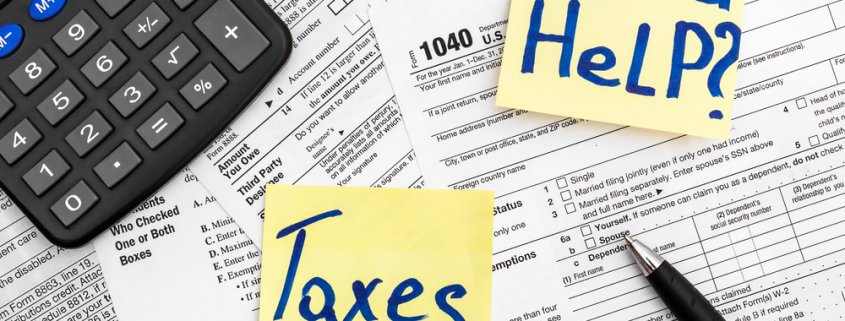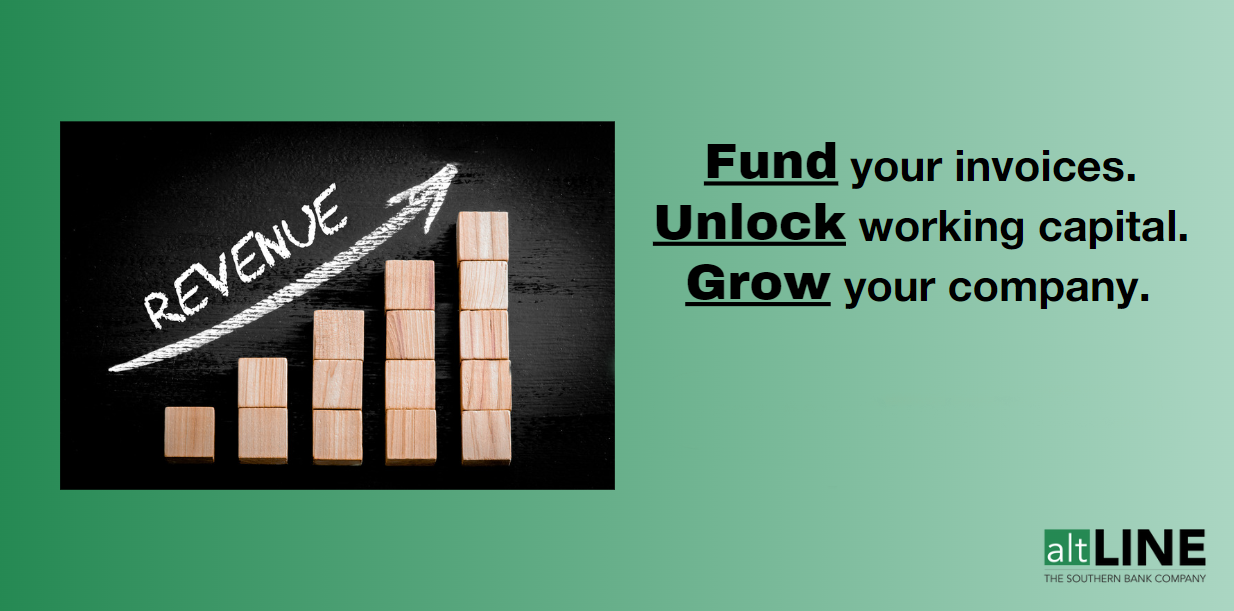Year-End Accounting Checklist for Your Small Business
Last Updated March 29, 2024
It’s the end of the year, which means it’s time to dust off your year-end accounting checklist and get to ticking off the boxes. If you’re a new business owner and you don’t have a background in bookkeeping, you may think of this as standard, monotonous housekeeping, but it’s a crucial process for business owners and can make a big difference. If you want to avoid paying penalties and interest on taxes owed at the beginning of next year, this is the time to get to work.
So open your excel sheets, gather your invoices, and have your entire accounts receivable and accounts payable handy. This article will walk you through the necessary steps to ensure that your books are ready for tax time.
What You’ll Need On-Hand To Complete Your Year-End Accounting Checklist
Before walking you through the steps to properly close the fiscal year, first ensure that you have all of the following items and documentation on-hand:
- Outstanding invoices and receipts
- Fiscal year accounts receivable
- Fiscal year accounts payable
- Full list of inventory
- W-2s (if your business has employees)
- 1099s (if your business has non-employee service providers)
- Any other tax documents
- Any other general financial statements or documentation (bank statements, credit card bills, loan records, previous tax returns)
- Employee bonuses (if applicable)
- Existing passwords
- Payment information for expensed meals, travel, entertainment, etc. (if applicable)
- Your three essential financial statements from the previous fiscal year if your business is more than one year old.
What Are the Three Essential Financial Statements?
The three essential documents every business owner should have prepared each fiscal year are the balance sheet, profit & loss statement, and statement of cash flows.
A balance sheet summarizes a business’s financial standing, including all assets and liabilities. It’s particularly important for stakeholders.
A profit & loss statement, or income statement, is all about revenue. It signals the profitability of a business by looking at income, cost of goods sold, depreciation, and other revenue-related items.
The statement of cash flows centers around cash flow. It details all cash inflows and cash outflows. You should always aim for those cash inflows to be greater than cash outflows to avoid dipping into negative cash flow.
When you complete your year-end accounting checklist, you should have all three of these statements completed.
Now that we’ve got the basics covered, let’s move onto how to manage your year-end accounting checklist.
Your Year-End Accounting Checklist
Not every business owner or accountant has the same year-end closing process. For some, the first step of end of year accounting might entail invoice verification. For others, it might make sense to first compile all employee-related tax documents. Therefore, this won’t be a numbered step-by-step process, but rather a list of tasks that you should ensure you’re completing when you’re closing out the year.
Take Inventory
Prepare an inventory of all items currently stored in the business’s fixed assets account, including purchase price, date acquired, current market value, and the accumulated depreciation.
Record All Outstanding Payments
Record sales for goods or services provided during the year but not yet invoiced (i.e., unbilled revenue). Include customer billing information (name, address), plus details about how much money was collected and when payment was received. If exact dates aren’t available, it could be helpful to use a range of days.
Record All Payments Sent (Accounts Payable) and Payments Received (Accounts Receivable)
Accounts payable and accounts receivable are the backbone of business bookkeeping. At the end of the fiscal year, it’s pivotal to ensure that all payments sent and received are priced accurately.
If you aren’t already, you should also make a habit of matching invoice details with the goods and services you’ve sent or received after each transaction – this process is called invoice verification. Once you complete invoice verification, you can move onto invoice reconciliation. This provides an extra layer of security in knowing all prices are accurate when you get to closing your year-end accounts.
Account for Employee Bonuses
If the business has non-income items on its books for this year that it did not have at the beginning of the year, you’ll need to account for them. For example, a business may pay out quarterly bonuses to employees during the year. To account for those bonuses on tax day, the business would need to defer recognizing them in their income statement until the company has paid them out.
Generate W-2s
If your business has employees, then it will need to prepare W-2s for each of them. Prepare a set of W-2 forms and ensure they are delivered to each employee before the end of the year. Gathering and sending these to employees in a timely manner not only prevents any issues for your business’s end, but it also allows and ensures employees have ample time to complete their personal documentation prior to tax season.
Prepare Any 1099s
If the business has any non-employee service providers (such as independent contractors), they should be sent 1099s. This form reports any non-employment income to the IRS.
Backup All Your Data
It’s best to save all of your records in multiple locations so that just one backup copy won’t be responsible for losing business data. In addition, if these backups are stored offsite, you can make sure they are protected by encryption. This may not be classified as an accounting measure, but it’s a step that business owners should add to their year-end checklist as it lessens the chances of dealing with fraud or theft.
Change All of Your Existing Passwords
If any of your account logins or passwords are shared, make sure to change them after the year. Changing your passwords ensures that no one who has access to old data can use it for their purposes, even if they’re no longer working with you. In addition, determine which password should be used by your third-party accounting service and change it as well. Truthfully, you should be changing your passwords every few months, but at minimum, do so at year-end.
Calculate Expenses for Meals and Entertainment
If you paid any expenses for meals and entertainment, make sure to calculate the amount of these expenses; only 50% of them are deductible. Next, you’ll need to determine which meal or entertainment expenses qualify as deductions and how much each is worth relative to your location.
It would be best if you also recorded travel expenses for your business trips during the year. If you have employees, you’ll need to figure out how much of their travel expenses are tax-deductible.
Prepare an Invoice Listing All Income and Expenses
Prepare a list of all income from the year, including additional items such as reimbursed employee expenses. In addition to recording amounts due from customers, include all current liabilities (such as accounts payable), which will be necessary to have when making your balance sheet.
In addition, you may need to record donations received by the business but not yet registered on the books. Finally, document all expenses incurred during the year for items that you have already paid.
Build Tables for Income and Other Changes
Fill out a table showing all changes in income over the year. Along with providing columns for each month of the year (listed chronologically), include two separate columns: one that shows income after subtracting any change in ownership interest; and another that subtracts all operating expenses from revenue.
Build Adjustments for Depreciation Expense and Depletion Cost
Since certain assets lose their value over time (e.g., physical capital), they will affect your business’s bottom line after a specific number of years due to depreciation expense. Therefore, in cases where property was acquired or sold during the year, you should list all relevant information and any recorded depletion cost.
Gather Tax Documents
It’s a good idea to make a list of all other potential forms that may need to be included in your filing. These include W-2s from employees who have been paid during the year; 1099-INT and 1099-DIV for interest income on investments; 1099-G for unemployment benefits received; and any other necessary tax documents. Some of those other tax documents might include a Schedule C (Form 1040) to file an annual tax return and Form 965-A and Form 1065, which are designated for partnerships filing an information return.
Make Year-End Adjustments
Before you can prepare your year-end adjusting journal entries, it is helpful to make a list of other potential adjustments that may be necessary. These will include any other extraordinary gains or losses from the year (e.g., disposal of assets held for sale, casualty, and theft losses).
Also include any income recorded in quarters that span different years (e.g., estimated quarterly payments received in 2019 but accrued in 2020).
Prepare Your Tax Returns
If you are filing for a calendar year, then make sure to pay quarterly estimated taxes before the end of each quarter. Also include any other documentation that may be necessary (e.g., W-2s, 1099s). Then use the information from these returns when completing your tax return.
Prepare a Trial Balance
You may have heard that you should prepare a trial balance at the end of the year. A trial balance is simply a list of all your general ledger accounts with their corresponding debit balances. If you’ve done everything correctly, this list will show total debits equal to total credits with no balances in any income statement accounts (e.g., revenue or expense).
This means that your over/underapplied amounts are zeroed out across all income statement accounts.
Compute Final Income Statement Accounts, Your Balance Sheet, and Statement of Cash Flows
Once you enter all of your adjusting journal entries into your ledgers, you can compile each income statement account for the year provided by various sources. This statement will include revenue from invoices and payments received minus amounts applied to accounts such as bad debts.
You should also have all the calculations on-hand to fill out your business balance sheet, which lists all of your assets and liabilities, and your cash flow statement, which details all sources of cash inflows vs. cash outflows.
Budget for the Following Year and Begin Goal-Planning
At this point, it is now appropriate to prepare next year’s budget. This will include any taxes you need to pay before the end of the quarter (e.g., estimated taxes) and any other special costs (e.g., legal fees for negotiating contracts with vendors). Furthermore, goal-planning for the next fiscal year allows you and any employees to stay motivated by having revenue or income-based targets to reach and to stay disciplined when it comes to spending habits.
Close Out All Your Books
Once your financial statements are complete, it is time to close your books by removing all entries made during the tax year into suspense accounts and then shifting those amounts into permanent accounts.
Also, close out all remaining balance sheet accounts so that their balances equal zero at the end of the tax year. For example, if you’re using double-entry accounting, you should have an unadjusted entry for both an asset and a liability in your general ledger. Close those accounts so that the debit and credit balances match.
Conclusion
Once you’ve completed all of the steps listed above, you can then begin budgeting and planning for the next fiscal year while feeling comfortable that you’ve done everything to wrap-up the existing year.
There’s no hiding from the fact that a year-end accounting checklist takes time, effort, and extreme attention to detail. Rest assured that every business owner is in the same boat, and if you need help with any part of the process, you should contact your certified public accountant or financial advisor, if you have one, or consult with a professional.
Jim is the General Manager of altLINE by The Southern Bank. altLINE partners with lenders nationwide to provide invoice factoring and accounts receivable financing to their small and medium-sized business customers. altLINE is a direct bank lender and a division of The Southern Bank Company, a community bank originally founded in 1936.




